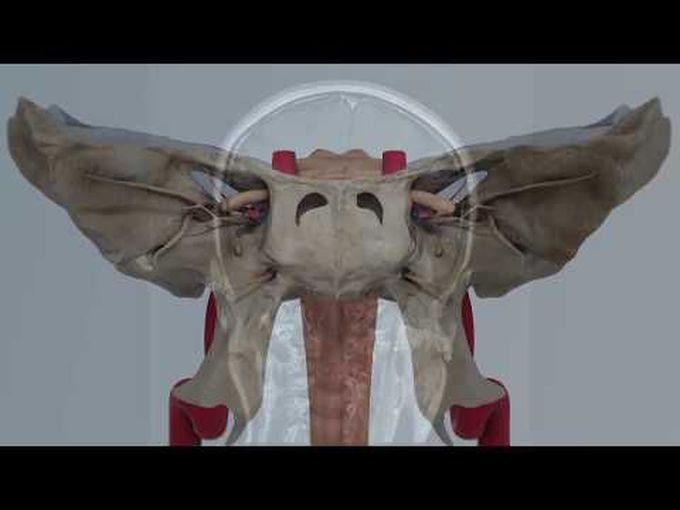


Endoscopic endonasal transcavernous approach for invasive corticotroph pituitary adenoma
Endoscopic endonasal transcavernous approach for invasive corticotroph pituitary adenoma Ming-Ying Lan, MD, PhD,1,3 and Wei-Hsin Wang, MD2,3 Departments of 1Otorhinolaryngology–Head and Neck Surgery and 2Neurosurgery, Taipei Veterans General Hospital, Taipei; and 3School of Medicine, National Yang-Ming University, Taipei, Taiwan Include when citing: Published online April 1, 2020; DOI: http://thejns.org/doi/abs/10.3171/2020.4.FocusVid.19949 This is a 37-year-old woman who presented with weight gain, a moon-shaped face, and muscle weakness for 4 months. Cushing’s disease was confirmed after a series of diagnostic tests. MRI demonstrated a pituitary macroadenoma with right cavernous sinus invasion and encasement of the right ICA. An endoscopic endonasal approach was performed, and gross-total resection could be achieved without injury of the cranial nerves. The Cushing’s syndrome improved gradually after the surgery. Histopathology revealed a corticotroph adenoma. In this surgical video, we demonstrate the strategies of tumor resection according to a surgical anatomy-based classification of the cavernous sinus from an endonasal perspective. **Intro music: "Daybreak" by Graeme Rosner

